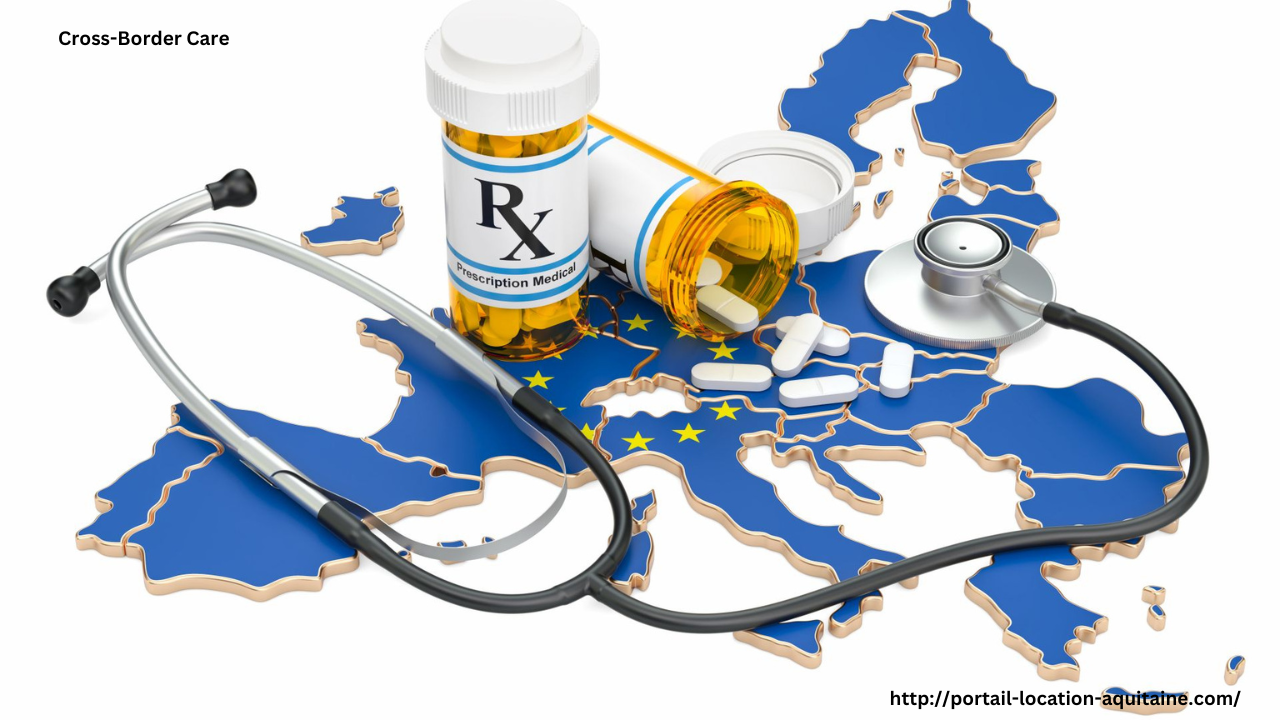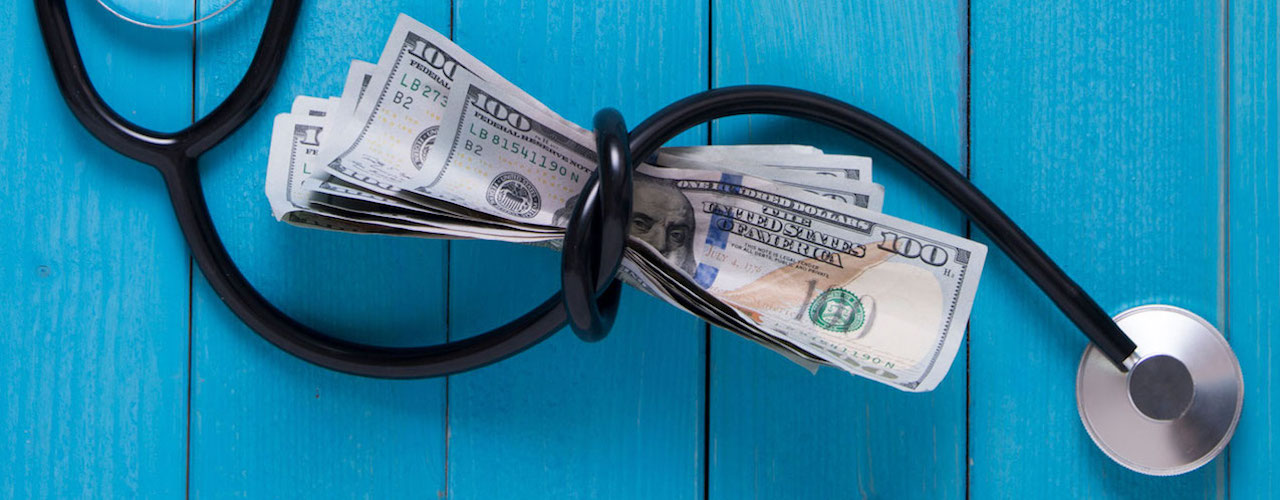
The landscape of medical tourism is rapidly evolving, with an increasing number of patients seeking not only affordable and high-quality treatment but also a luxurious healthcare experience. [Country A] and [Country B] have emerged as leading contenders in this premium segment, offering luxury medical tourism that combines top-tier healthcare with five-star amenities and personalized service. This trend is redefining global standards for patient care.
The Rise of Luxury Medical Tourism
Luxury medical tourism is more than just treatment abroad; it is a holistic experience that encompasses first-class services, high-end accommodations, and bespoke care. Patients traveling to [Country A] and [Country B] are not just seeking medical solutions but an experience that rivals the comfort and exclusivity of a luxury vacation.
From private suites and gourmet meals to spa services and scenic recovery resorts, hospitals in both countries are investing in high-end facilities and concierge-style services. This approach appeals to high-net-worth individuals, celebrities, and discerning patients who value comfort and privacy alongside medical excellence.
Healthcare Meets Hospitality
In [Country A], luxury healthcare providers are integrating hotel-like features into their medical facilities. Private rooms often resemble high-end hotel suites, complete with plush interiors, entertainment systems, and personal butler service. Some hospitals even offer in-house chefs and personalized wellness programs.
Meanwhile, [Country B] is setting benchmarks with its medical resorts—facilities that blend medical care with spa and wellness services. Patients can receive cosmetic surgery, dental treatments, or even major medical procedures while enjoying views of serene beaches or lush countryside. These environments promote healing by reducing stress and improving overall well-being.
Specialized Treatments and Elite Services
Both [Country A] and [Country B] are known for their excellence in specific medical fields. [Country A] may be renowned for advanced oncology, neurology, and orthopedic procedures, while [Country B] might lead in cosmetic surgery, fertility treatments, or integrative medicine. This specialization allows each country to attract patients based on targeted needs.
To cater to luxury medical tourists, these countries also offer elite services such as:
- Personalized medical concierge assistance
- Chauffeur-driven transportation
- Multilingual staff and translators
- VIP airport and immigration handling
- Private recovery villas with medical supervision
These added touches ensure that patients receive not only exceptional medical care but also a seamless and indulgent travel experience.
Competitive Pricing and Value
Despite their luxurious offerings, [Country A] and [Country B] remain competitively priced when compared to private healthcare options in countries like the United States, the UK, or Australia. This cost advantage, coupled with the appeal of a luxury experience, makes them highly attractive to international patients.
The Future of Luxury Medical Tourism
As global demand for premium healthcare grows, [Country A] and [Country B] continue to innovate and invest in upscale medical tourism infrastructure. By combining world-class medical expertise with opulent surroundings and personalized care, they are setting new standards in global healthcare travel.
Conclusion
Luxury healthcare abroad is no longer a niche market—it’s a thriving sector. [Country A] and [Country B] are leading the charge, transforming how the world experiences medical care. For patients seeking the very best in both treatment and comfort, these countries offer a compelling and competitive choice.








